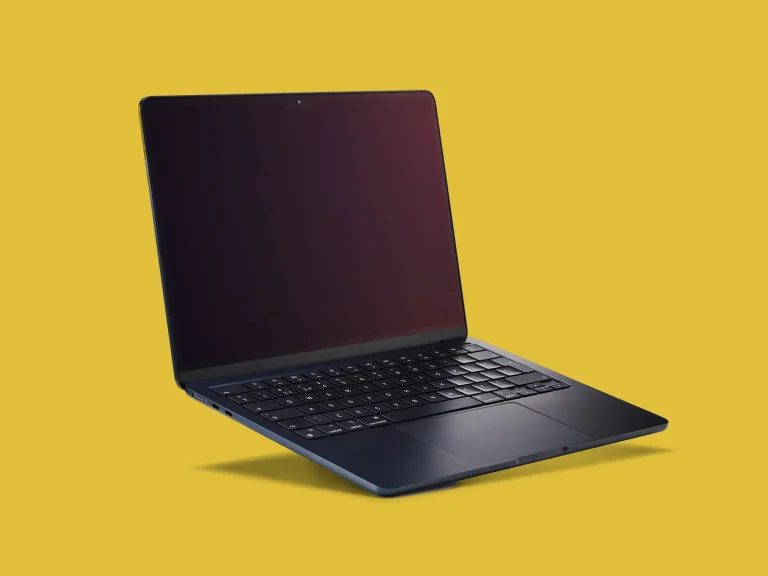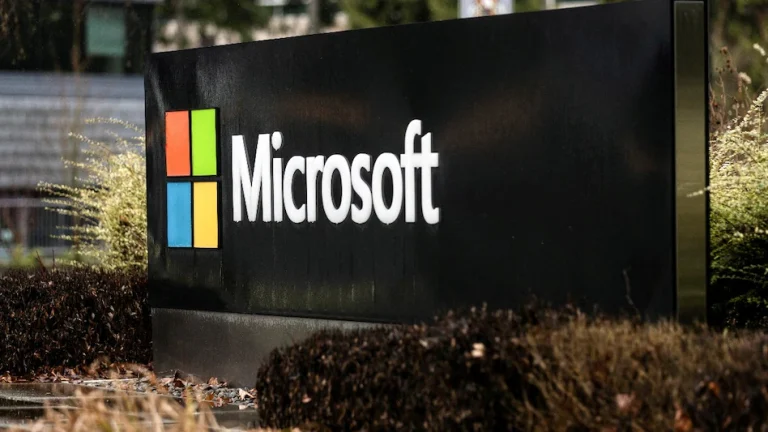Every so often, a technology surfaces that feels less like an incremental step and more like a leap into science fiction. Microsoft’s latest research fits that description neatly: a light-powered computer that promises to make artificial intelligence systems up to 100 times more efficient. It’s a bold claim, sure, but it’s rooted in physics as much as ambition.
A Throwback to Move Forward
The idea isn’t brand new. In fact, it draws inspiration from optical computing concepts first explored 80 years ago, when researchers began experimenting with the idea of using light instead of electricity to process information. The logic back then was simple: photons move faster and generate less heat than electrons. What’s changed is the maturity of the supporting technologies—lasers, silicon photonics, and Microsoft’s own hunger to lower the energy demands of its rapidly expanding AI infrastructure.
Why Efficiency Matters
AI’s rise has been dazzling, but it comes with a less glamorous reality: colossal energy consumption. Training a single large language model can eat up as much electricity as a small town uses in a year. For companies like Microsoft—building ever-larger models while running sprawling data centers across the globe—that consumption isn’t just costly; it’s unsustainable.
A light-powered computing system could tilt the equation. By shuttling photons through specialized circuits, these machines generate far less heat and demand fewer cooling systems. The result? Processing that’s not only faster, but dramatically more energy-efficient.
Beyond the Lab
The announcement doesn’t mean that tomorrow’s Surface laptops will be powered by beams of light. For now, the technology is focused squarely on data centers—the industrial-scale backbones that train and run today’s AI models. Early reports suggest that integrating light-based chips into server racks could shrink both carbon footprints and operating costs.
That dual payoff—green credentials plus financial savings—is likely to resonate not just with tech insiders, but also with investors and policymakers. Regulators have started scrutinizing AI’s environmental impact, and Microsoft, keen to brand itself as a sustainable leader, may have just given itself an advantage.
The Bigger Picture
It’s tempting to frame this as a magic bullet, but even a 100× efficiency gain doesn’t erase AI’s growing appetite for power. What it does, however, is buy time—a way to keep scaling models without burning through the grid. It also hints at a possible renaissance for optical computing, a field once considered a dead end, now revived by the urgency of AI.
And if history has shown us anything, it’s that technologies once deemed impractical often resurface when the world needs them most. Eight decades after the first experiments, Microsoft is betting that light—not just code—may illuminate AI’s future.







